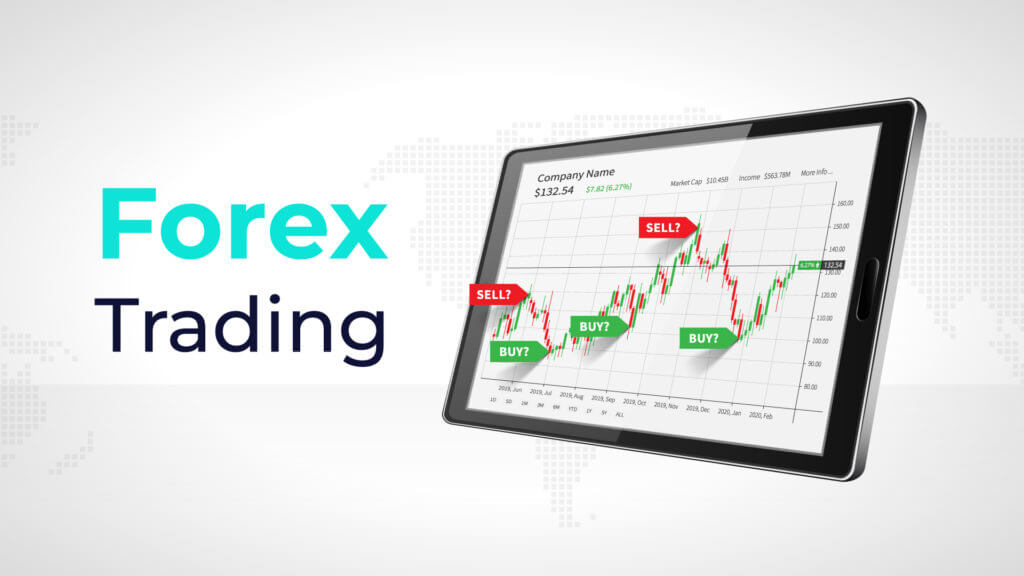FX Trading 101: Fundamentals for All Prospective Trader
This world of Forex trading offers captivating opportunities for those seeking to navigate the ever-changing realm of currency markets. As you embark on your journey as an aspiring trader, understanding the fundamentals of Forex is essential for creating a reliable foundation. This guide will supply you with important insights and strategies that can aid you in your trading pursuits, whether you're looking to trade on a full-time basis or simply investigate this swift market.
Navigating the challenges of Forex might look overwhelming at first, but with the right information and tools, you can tackle trading with self-assuredness. From understanding how the Forex market works in simple terms to finding effective trading strategies, we will explore various topics that every trader should understand. As we explore the essential components of Forex trading, you will gain significant insights that can improve your skills and aid you make educated decisions in the thrilling world of currency markets.
Grasping the Foreign Exchange Scene

The FX market, commonly known as the foreign exchange market, is the largest money market in the globe. It operates all day long, weekdays, allowing traders to purchase and trade currencies from multiple countries. In contrast to stock markets, Forex does not have a centralized exchange; instead, it is decentralized and dispersed among various banks, brokers, and individual traders globally. This distinctive framework means that currency values are determined by supply and demand dynamics in real time, creating a dynamic setting that is simultaneously thrilling and difficult.
In Forex, money are traded in couples, with the value of one currency in relation to another. For example, when trading the EUR/USD pair, if you think the Euro will strengthen against the US Dollar, you would buy Euros and exchange Dollars. Conversely, if you think the Euro will weaken, you would dispose of Euros and buy Dollars. Understanding how these pairs work is crucial for making educated trading decisions, as the variations in currency values can be affected by a variety of elements, including financial statistics, geopolitical events, and market sentiment.
One of the critical factors to grasp in the Forex market is the importance of liquidity. The Forex market is characterized by high liquidity, which means that there are always purchasers and vendors ready to execute trades. This allows traders to place orders quickly at the current market price with little slippage. However, this also means that the market can be volatile, as price movements can occur quickly based on news events or significant events. Grasping this relationship of liquidity and volatility is crucial for anyone looking to successfully maneuver through the Forex landscape easily.
Efficient Forex Trading Strategies
Developing effective market trading methods is essential for every emerging Forex traders. An popular strategy is trend following, which involves spotting and profiting from market directions. Forex traders look for signals that the market is moving in a specific direction and enter trades that match with the prevailing movement. This approach often employs moving averages or line charts to help pinpoint entry and sell points, aiming to capitalize on the flow of market movements for highest returns.
An additional commonly used strategy is trading within a range, which is based on the concept that prices tend to swing between set support and resistance levels. Market participants identify these critical zones and execute purchase orders near support and short orders near resistance, foreseeing that the market will revert to the norm. This approach requires keen monitoring of charts and can be enhanced with technical indicators like the RSI to assess highly priced or cheap situations.
Lastly, trading breakouts can be a powerful method when the market undergoes sudden price movements. Forex traders observe important price levels and take entries when the price breaks above the upper threshold or below the lower threshold. This method often leads to major volatility, so managing risk is essential. ea forex may use tight stop-loss orders to guard against false breakouts while aiming for maximum returns as the price makes a notable move in one path.
Risk Management and Psychology
Successful risk management is essential for sustainable success in Forex trading. Traders must define clear limits on their exposure to losses by using tools such as stop-loss orders and position sizing. By deciding the maximum amount of capital they are prepared to risk on a single trade, traders can protect their accounts from significant drawdowns. This disciplined approach enables traders avoid emotional decision-making, which often leads to devastating financial consequences.
The psychology of trading plays a crucial role in a trader's ability to stick to their methodologies and risk management rules. Fear and greed can distort judgment, leading to overtrading or holding onto losing positions in hopes of a reversal. Successful traders nurture a mindset that embraces patience and discipline, allowing them to make sound decisions even in volatile market conditions. Developing emotional resilience is crucial for maintaining consistency in strategy and ensuring adherence to a well-defined trading plan.
Additionally, maintaining a trading journal can greatly enhance a trader's psychological performance. By documenting trades, including the reasoning behind decisions and emotional responses, traders can identify patterns in their behavior. This analysis helps in comprehending and mitigating emotional triggers that lead to poor trading choices. As traders gain insight into their psychological tendencies, they can improve their risk management strategies and overall trading performance.